Home>Articles>How To Store Fruits And Vegetables In The Fridge
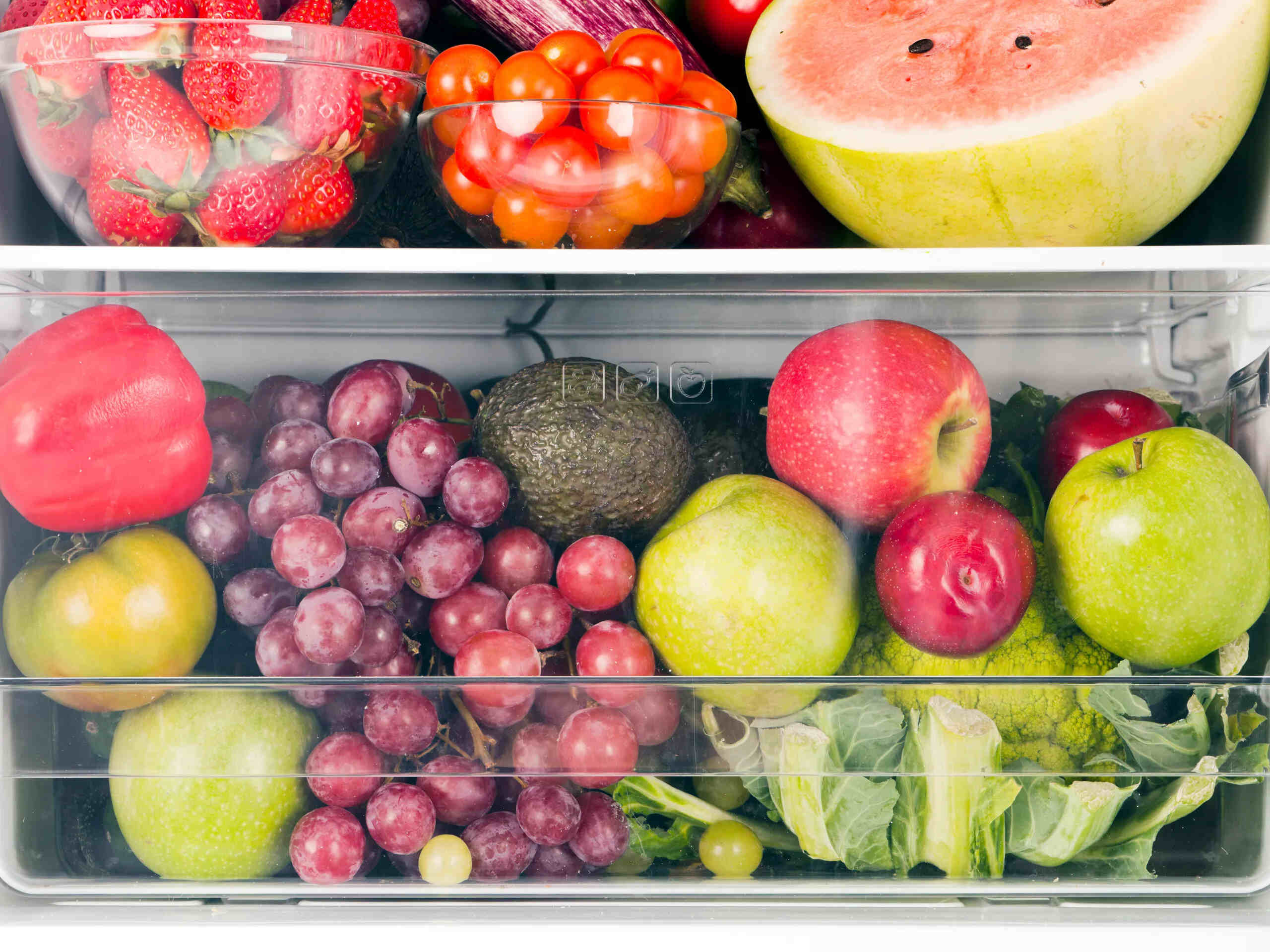

Articles
How To Store Fruits And Vegetables In The Fridge
Modified: August 17, 2024
Learn how to properly store fruits and vegetables in your fridge to keep them fresh and flavorful for longer. Read more in our informative articles.
(Many of the links in this article redirect to a specific reviewed product. Your purchase of these products through affiliate links helps to generate commission for Storables.com, at no extra cost. Learn more)
Introduction
Properly storing fruits and vegetables is crucial for maintaining their freshness, flavor, and nutritional value. When fruits and vegetables are stored correctly, they can last longer and you can minimize food waste. The refrigerator is a convenient and efficient tool for preserving the quality of your produce, but it’s essential to understand the best practices for storing different types of fruits and vegetables.
In this article, we will explore the importance of proper storage, provide general tips for storing fruits and vegetables, discuss specific guidelines for storing fruits and vegetables in the fridge, introduce useful storage tools and containers, and highlight common mistakes to avoid to ensure maximum freshness and longevity.
By following these guidelines, you can prolong the shelf life of your fruits and vegetables, reduce spoilage, and make the most of your produce purchases.
Key Takeaways:
- Proper storage of fruits and vegetables is essential for preserving their freshness, flavor, and nutritional value. By following specific guidelines and using the right tools, you can extend shelf life, reduce food waste, and enjoy a healthier lifestyle.
- Avoid common storage mistakes such as washing before storage, mixing incompatible produce, and overcrowding the fridge. By implementing proper storage practices and staying vigilant, you can maximize the shelf life and quality of your fruits and vegetables.
Read more: How To Store Fruit To Avoid Fruit Flies
Importance of Proper Storage
Proper storage of fruits and vegetables is vital for preserving their quality and nutritional value. When produce is not stored correctly, it can spoil quickly, leading to food waste and unnecessary expenses. Here are several reasons why proper storage is crucial:
Preserve Nutritional Value: Fruits and vegetables are packed with essential vitamins, minerals, and antioxidants. However, exposure to air, heat, and light can cause a loss of nutrients over time. By storing produce properly, you can slow down the degradation process and retain more of the beneficial compounds.
Extend Shelf Life: Proper storage techniques can significantly extend the shelf life of fruits and vegetables. This allows you to enjoy them for longer periods, reducing food waste and saving money. Plus, having fresh produce readily available encourages a healthy and nutritious diet.
Maintain Flavor and Texture: Many fruits and vegetables are prized for their unique flavors and textures. Improper storage can cause them to become mushy, mealy, or tasteless. By storing them correctly, you can preserve their delicious flavors and satisfying crunch, enhancing your overall culinary experience.
Prevent Spoilage: When fruits and vegetables are exposed to unfavorable conditions, they are more susceptible to spoilage from bacteria, molds, and fungi. Proper storage helps create an environment that minimizes the growth of microorganisms, reducing the risk of spoilage and potential health hazards.
Reduce Food Waste: A significant amount of food waste happens due to improper storage and handling. By implementing proper storage practices, you can reduce food waste, contribute to sustainability efforts, and do your part in preserving our planet’s resources.
Save Money: Properly storing fruits and vegetables can help you save money in the long run. When produce remains fresh for a longer time, you can avoid frequent grocery trips and make the most of your purchases. Additionally, preventing spoilage means you won’t have to throw away unused or rotting produce.
Clearly, proper storage practices are essential for maintaining the quality, freshness, and nutritional value of fruits and vegetables. With the right knowledge and techniques, you can enjoy your produce for an extended period and reap the health benefits they offer.
General Tips for Storing Fruits and Vegetables
Proper storage begins with understanding some general guidelines that apply to most fruits and vegetables. Here are some essential tips to keep in mind:
- Keep it cool: Most fruits and vegetables prefer cool temperatures, so it’s important to store them in a cool environment. The ideal temperature range for most produce is between 32 and 40 degrees Fahrenheit (0 and 4 degrees Celsius).
- Separate ethylene producers and sensitive produce: Some fruits produce a naturally occurring gas called ethylene, which can speed up the ripening process and cause nearby produce to spoil faster. To prevent this, store ethylene-producing fruits like apples, bananas, and tomatoes separate from ethylene-sensitive produce like leafy greens and berries.
- Avoid direct sunlight: Direct sunlight can cause produce to ripen too quickly and degrade its quality. Keep fruits and vegetables away from direct sunlight by storing them in a cool, dark place or covering them with a cloth or paper bag.
- Leave the stems and leaves intact: Leaving the stems or leaves intact can help preserve the freshness of produce like strawberries, grapes, and leafy greens. Removing them too early can cause faster spoilage.
- Store unwashed: It’s best to store fruits and vegetables unwashed until you’re ready to use them. Moisture can accelerate spoilage, so keeping them dry helps extend their shelf life.
- Avoid overcrowding: Overcrowding fruits and vegetables can lead to poor air circulation, which can contribute to faster spoilage. Leave some space between produce items when storing them to allow for proper ventilation.
- Use breathable bags or containers: Opt for breathable bags or containers made of materials like paper or mesh. These allow for better airflow, reducing the buildup of moisture and helping to keep produce fresh.
- Regularly check for spoilage: Even with proper storage, fruits and vegetables can still spoil over time. Regularly inspect your produce and remove any items that show signs of mold, mushiness, or rot to prevent the spread of spoilage to other items.
- Keep certain fruits and vegetables separate: Some fruits and vegetables release strong odors that can be absorbed by other produce, potentially altering their flavor. Keep strong-smelling items like onions and garlic separate from other fruits and vegetables.
These general tips provide a solid foundation for storing various types of fruits and vegetables. However, it’s important to note that specific types of produce may have unique storage requirements. In the following sections, we will explore the best practices for storing fruits and vegetables in the refrigerator.
Storing Fruits in the Fridge
The refrigerator can be a great tool for extending the shelf life of many fruits. However, not all fruits thrive in cold temperatures, and improper storage can lead to texture changes and flavor loss. Here are some guidelines for storing different types of fruits in the fridge:
Berries: Berries such as strawberries, raspberries, and blueberries are delicate and prone to spoiling quickly. To keep them fresh, store them in a single layer in a shallow container lined with paper towels to absorb excess moisture. Don’t wash berries until you’re ready to use them, as moisture can accelerate spoilage.
Apples: Apples can be stored in the refrigerator to maintain their crispness. Place them in a perforated plastic bag to retain moisture but allow for airflow. If you notice any rotting or bruised apples, remove them to prevent the spread of spoilage.
Citrus Fruits: Citrus fruits like oranges, lemons, and limes have a protective outer skin, making them less sensitive to cold temperatures. You can store them in the fridge in the fruit drawer or in a perforated plastic bag to retain moisture.
Stone Fruits: Stone fruits such as peaches, plums, and nectarines should be ripened at room temperature before refrigeration. Once ripe, place them in the fridge in a produce bag or container. Keep them separate from ethylene-producing fruits, as they can ripen faster and become overly soft.
Melons: Whole melons like watermelons and cantaloupes do not need to be refrigerated until they are cut. Once cut, wrap the unused portion tightly with plastic wrap or store it in an airtight container in the fridge.
Grapes: Grapes can be stored in a ventilated bag or container in the fridge to maintain their freshness. Avoid washing them until you’re ready to eat, as excess moisture can hasten spoilage.
Pears: Pears are best stored at room temperature until they are ripe. Once ripe, you can refrigerate them to slow down further ripening. Place them in a plastic bag with perforations to maintain moisture.
Avocados: Unripe avocados should be stored at room temperature to ripen. Once they are ripe, you can slow down the ripening process by refrigerating them. If you have a ripe avocado and want to extend its life, you can store it in the fridge.
Bananas: Bananas can be stored at room temperature until they are fully ripe. If you want to prolong their ripeness, you can place them in the fridge. Keep in mind that the skin may darken in cold temperatures, but the fruit inside will remain intact.
Remember to avoid overcrowding the fruits in the fridge and keep them separate from vegetables to prevent cross-contamination of flavors and odors. By following these guidelines, you can enjoy fresh and flavorful fruits for longer periods.
To store fruits and vegetables in the fridge, keep them in the crisper drawer to maintain humidity levels. Store fruits and vegetables separately to prevent them from ripening or spoiling too quickly.
Storing Vegetables in the Fridge
The refrigerator is an excellent tool for preserving the freshness and crispness of various vegetables. However, different vegetables have different storage requirements. Here are some guidelines for storing different types of vegetables in the fridge:
Leafy Greens: Leafy greens like lettuce, spinach, and kale should be stored in a plastic bag or container lined with a paper towel. This helps to retain moisture and prevent wilting. Before storing, remove any damaged leaves and make sure the greens are dry to minimize spoilage.
Root Vegetables: Root vegetables such as carrots, beets, and radishes can be stored in a perforated plastic bag or an open container. Trim off any greens attached to the roots before storage, as they can draw moisture and nutrients away from the vegetables.
Cruciferous Vegetables: Vegetables like broccoli, cauliflower, and cabbage should be stored in a plastic bag or wrapped in a damp paper towel to maintain their freshness. Ensure they are dry before storing to avoid mold growth.
Cucumbers: Cucumbers can be stored in the fridge, but they are sensitive to cold temperatures. To prevent chilling injury, place them in the vegetable drawer or wrap them in a paper towel before storing them in a plastic bag.
Peppers: Peppers can be stored in the fridge in a plastic bag or an airtight container. If you have partially used peppers, wrap the cut portion tightly in plastic wrap or store them in a container to minimize moisture loss.
Tomatoes: Whole tomatoes have better flavor when stored at room temperature. However, if you want to extend their shelf life, you can store them in the fridge. Keep in mind that refrigeration can affect the texture, so it’s best to consume refrigerated tomatoes within a few days.
Onions and Garlic: Onions and garlic prefer cool and dry conditions. Store them in a well-ventilated area, away from moisture, and avoid storing them near potatoes or other produce that can absorb their strong odors.
Mushrooms: Mushrooms are best stored in a paper bag or a loosely sealed container to allow for airflow. Avoid washing mushrooms until you’re ready to use them, as excess moisture can promote spoilage.
Herbs: Fresh herbs can be stored in the fridge, but they are delicate and prone to wilting. To keep herbs fresh, trim the stems and place them in a glass of water, cover them loosely with a plastic bag, and store in the fridge. Alternatively, you can wrap them in a damp paper towel and store them in a plastic bag with holes for ventilation.
Remember to check your vegetables regularly for any signs of spoilage, such as mold or mushiness. Discard any spoiled items promptly to prevent the spread of decay to other vegetables. By following these storage guidelines, you can maintain the quality and freshness of your vegetables for a longer period.
Read more: How To Store Dragon Fruit
Fruit and Vegetable Storage Tools and Containers
Using the right storage tools and containers can further enhance the shelf life and freshness of your fruits and vegetables. Here are some helpful options to consider:
Produce Bags: Reusable produce bags made of breathable materials like cotton or mesh are great for storing fruits and vegetables. These bags allow for better airflow, reducing the buildup of moisture and helping to keep produce fresh. They are also an eco-friendly alternative to plastic bags.
Vegetable Crisper Drawers: Most refrigerators come with designated crisper drawers designed to maintain optimal humidity levels for fruits and vegetables. These drawers have adjustable humidity controls that allow you to create the ideal environment for different types of produce.
Glass Containers: Glass containers are a practical option for storing pre-cut fruits and vegetables. They are non-reactive, durable, and keep your produce visible, making it easier to monitor freshness. Ensure the containers have airtight lids to maintain optimal conditions.
Ventilated Containers: Some fruits and vegetables benefit from ventilation to prevent moisture buildup. Look for containers with vents or holes to allow for proper air circulation. These containers can be especially useful for storing items like strawberries, grapes, and mushrooms.
Mason Jars: Mason jars are not only trendy but also practical for storing certain types of produce. They are great for preserving herbs, as you can store them upright in water like a small bouquet. Mason jars can also be used to store homemade fruit or vegetable preserves.
Produce Savers: Produce savers are specially designed containers with features like adjustable vents and moisture control systems. These containers help regulate humidity levels, creating an optimal environment for different types of produce. They can extend the shelf life of fruits and vegetables significantly.
Paper Towels: Paper towels are a simple yet effective tool for absorbing excess moisture from produce. Place a layer of paper towels in a container or bag before adding fruits or vegetables to help prevent spoilage. This is particularly useful for leafy greens and berries.
Herb Keepers: Herb keepers are small containers designed to keep delicate herbs fresh for longer. They usually have a water reservoir where you can place the stems of herbs, keeping them hydrated and extending their shelf life.
Beeswax Wraps: Beeswax wraps are an eco-friendly alternative to plastic wrap. They are made from cotton fabric coated with beeswax, allowing them to mold and cling to the shape of the produce. Beeswax wraps are great for storing cut fruits and vegetables or covering bowls of leftovers.
These storage tools and containers can help you better organize and preserve your fruits and vegetables, allowing you to enjoy them for longer periods. Experiment with different options to find the ones that work best for your specific needs and produce preferences.
Common Mistakes to Avoid
While proper storage techniques are crucial for preserving the freshness and flavor of fruits and vegetables, there are also common mistakes that should be avoided. By steering clear of these pitfalls, you can maximize the shelf life and quality of your produce. Here are some common mistakes to watch out for:
Washing before storage: It’s best to avoid washing fruits and vegetables before storing them. Moisture can accelerate spoilage, so it’s better to wash them just before consumption.
Storing in plastic bags without ventilation: Storing produce in sealed plastic bags without any ventilation can trap moisture, leading to a buildup of condensation and a higher risk of spoilage. Opt for breathable bags or containers to allow for proper air circulation.
Mixing incompatible produce: Some fruits and vegetables produce ethylene gas, which can cause nearby produce to ripen and spoil faster. Keep ethylene-producing fruits separate from ethylene-sensitive produce to avoid premature spoilage.
Storing ripe and unripe produce together: Storing ripe and unripe fruits or vegetables together can lead to faster ripening or deterioration. Separate them to control the ripening process and extend the shelf life of both types of produce.
Overcrowding the fridge: Overcrowding fruits and vegetables in the refrigerator hinders proper air circulation, leading to faster spoilage. Make sure to leave enough space between items for adequate ventilation.
Not checking for spoilage regularly: It’s essential to regularly inspect your stored produce for any signs of spoilage, such as mold, mushiness, or unpleasant odors. Remove any spoiled items promptly to prevent the spread of decay to other fruits and vegetables.
Storing at the wrong temperature: Each type of fruit and vegetable has its own ideal storage temperature. Storing produce outside of the recommended temperature range can accelerate spoilage or cause flavor and texture changes. Familiarize yourself with the proper storage temperatures for different items.
Not utilizing containers or tools: Using the right storage tools and containers can make a significant difference in extending the shelf life of your produce. Avoid neglecting the use of breathable produce bags, vegetable crispers, or other storage containers that can help maintain freshness.
Ignoring aroma absorption: Certain fruits and vegetables have strong odors. Storing them in close proximity to other produce can cause flavor contamination. Keep items with strong odors, like onions and garlic, separate from other fruits and vegetables.
Not rotating the produce: When storing multiple items, it’s crucial to rotate the produce to ensure everything gets used. Use older items first to prevent wastage and maintain the freshness of your newer produce.
By avoiding these common mistakes, you can better preserve the quality and extend the shelf life of your fruits and vegetables. Implementing proper storage practices and remaining vigilant can go a long way in minimizing food waste and maximizing the enjoyment of your produce.
Conclusion
Proper storage of fruits and vegetables is essential for maintaining their freshness, flavor, and nutritional value. By following the guidelines outlined in this article, you can extend the shelf life of your produce, reduce food waste, and make the most of your purchases.
Start by understanding the importance of proper storage, including preserving the nutritional value, extending the shelf life, maintaining flavor and texture, preventing spoilage, reducing food waste, and saving money. These benefits highlight the significance of storing fruits and vegetables correctly.
General tips, such as keeping produce cool, separating ethylene producers and sensitive items, avoiding direct sunlight, leaving stems and leaves intact, storing unwashed, avoiding overcrowding, using breathable bags or containers, regularly checking for spoilage, and keeping certain fruits and vegetables separate, provide a foundation for proper storage practices.
When it comes to storing fruits in the fridge, follow specific guidelines for items like berries, apples, citrus fruits, stone fruits, melons, grapes, pears, avocados, bananas, and more. For vegetables, consider storage tips for leafy greens, root vegetables, cruciferous vegetables, cucumbers, peppers, tomatoes, onions, mushrooms, and herbs.
Using the right fruit and vegetable storage tools and containers, such as produce bags, vegetable crisper drawers, glass containers, ventilated containers, mason jars, produce savers, paper towels, herb keepers, and beeswax wraps, can further enhance freshness and extend shelf life.
Finally, be aware of common mistakes to avoid, including washing before storage, using sealed plastic bags without ventilation, mixing incompatible produce, storing ripe and unripe items together, overcrowding the fridge, failing to check for spoilage regularly, storing at the wrong temperature, not utilizing containers or tools, ignoring aroma absorption, and not rotating the produce.
By implementing these strategies and paying attention to proper storage practices, you can enjoy crisp, flavorful, and nutrient-rich fruits and vegetables for longer periods. Not only will you reduce food waste, save money, and contribute to sustainability efforts, but you will also enhance your overall culinary experience and support a healthy lifestyle.
So, the next time you fill your fridge with fresh produce, remember the importance of proper storage and utilize the tips provided in this article for optimal results. Happy storing!
Frequently Asked Questions about How To Store Fruits And Vegetables In The Fridge
Was this page helpful?
At Storables.com, we guarantee accurate and reliable information. Our content, validated by Expert Board Contributors, is crafted following stringent Editorial Policies. We're committed to providing you with well-researched, expert-backed insights for all your informational needs.
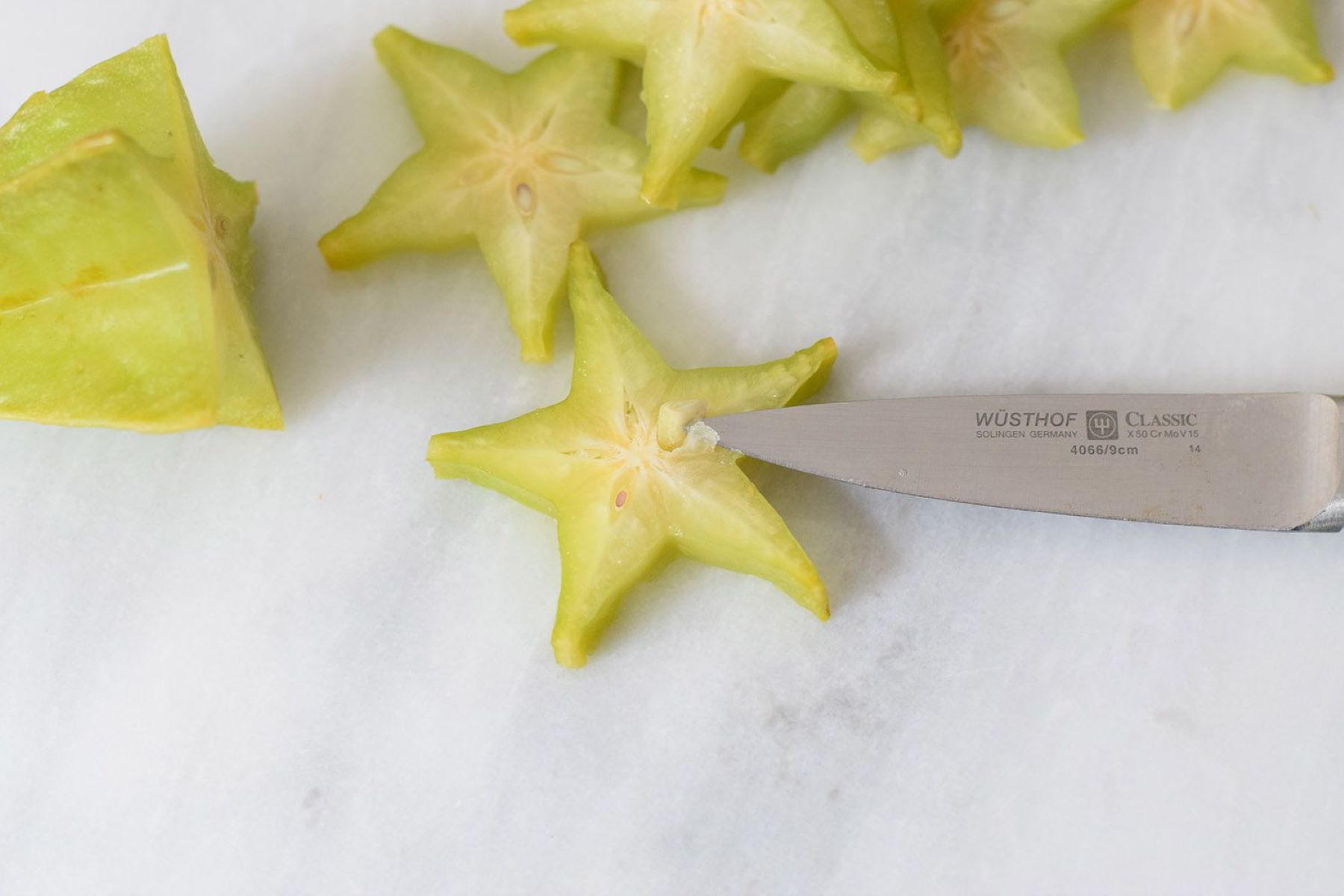

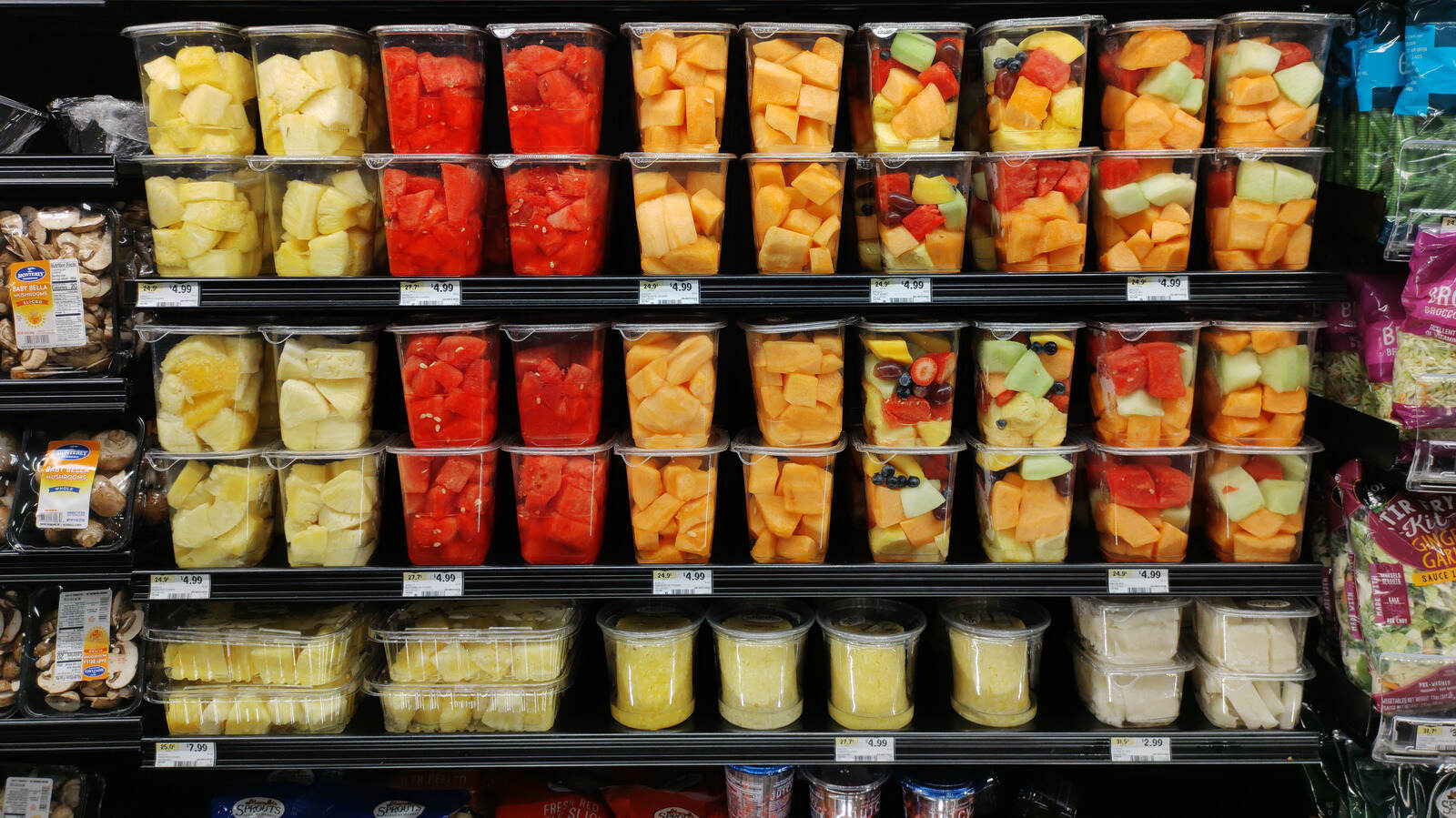
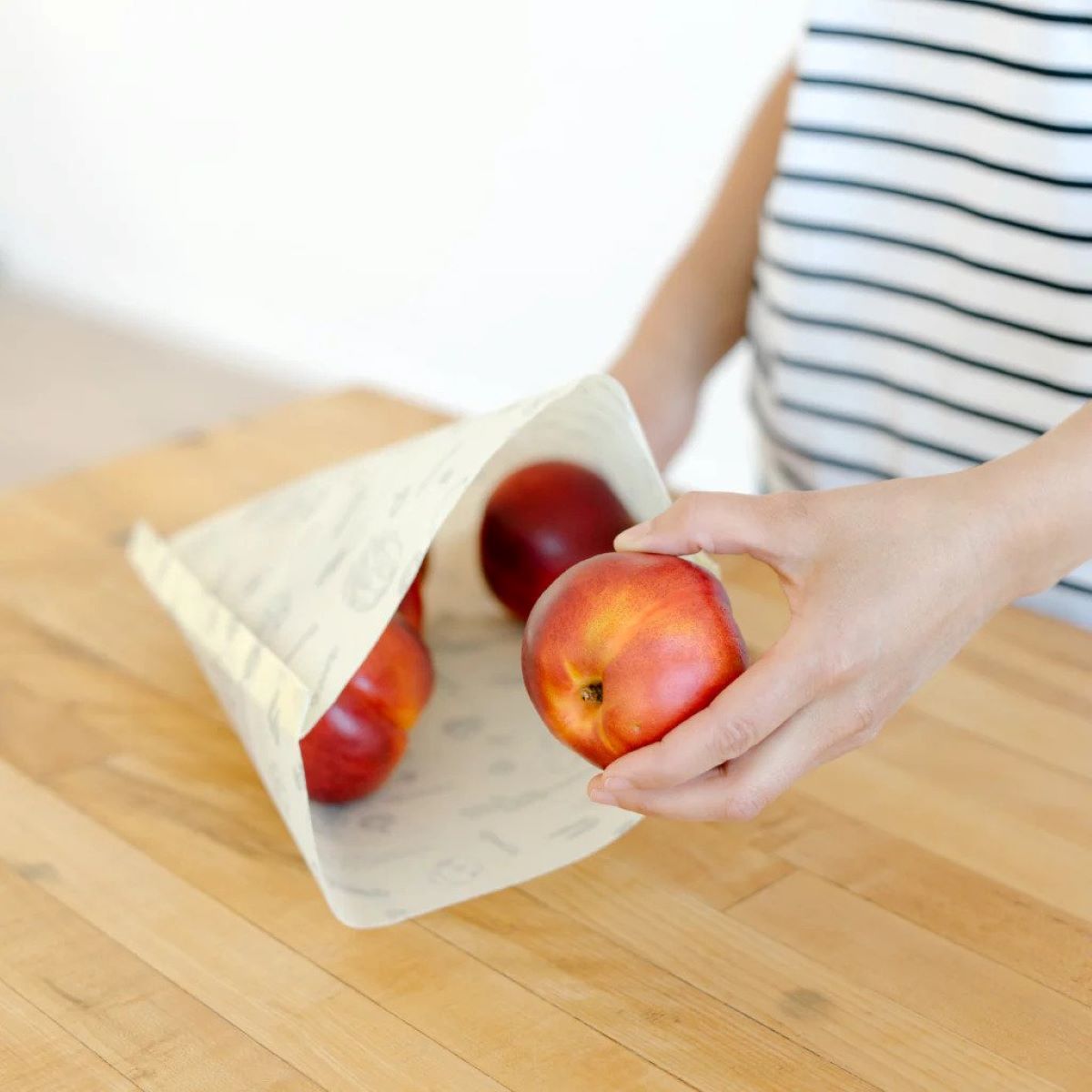
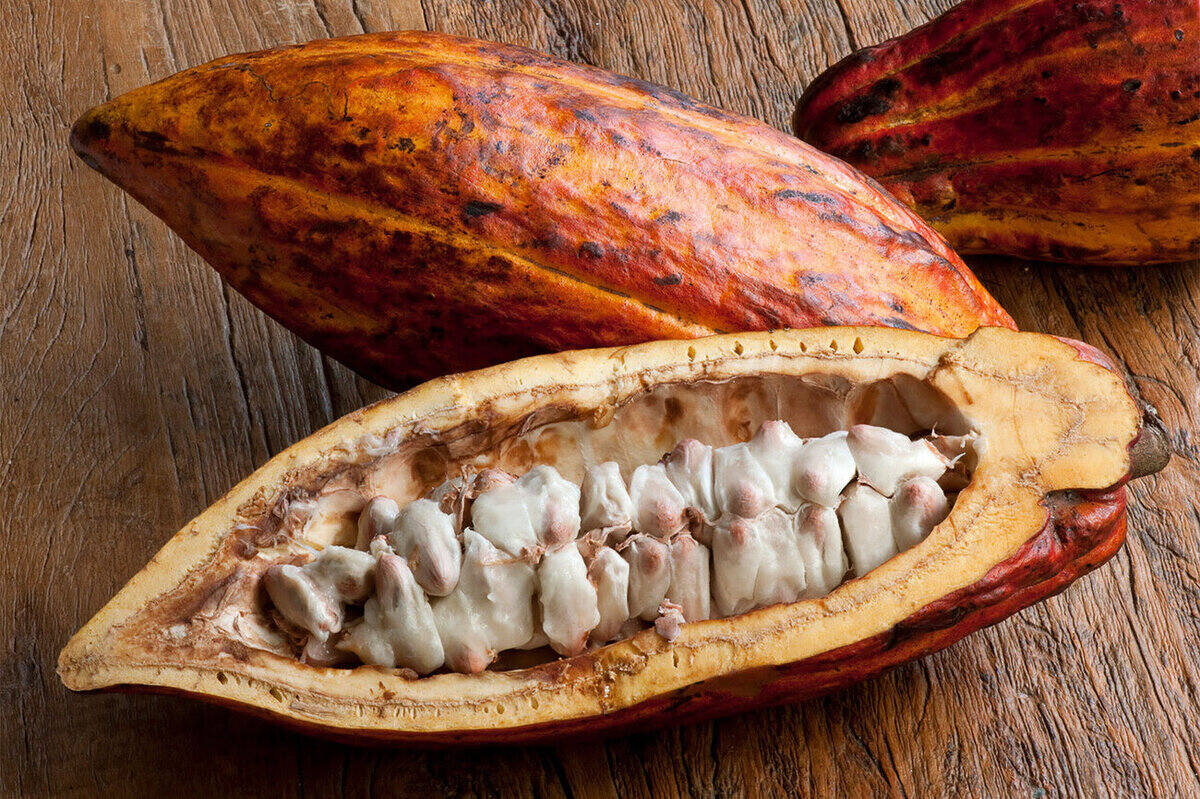
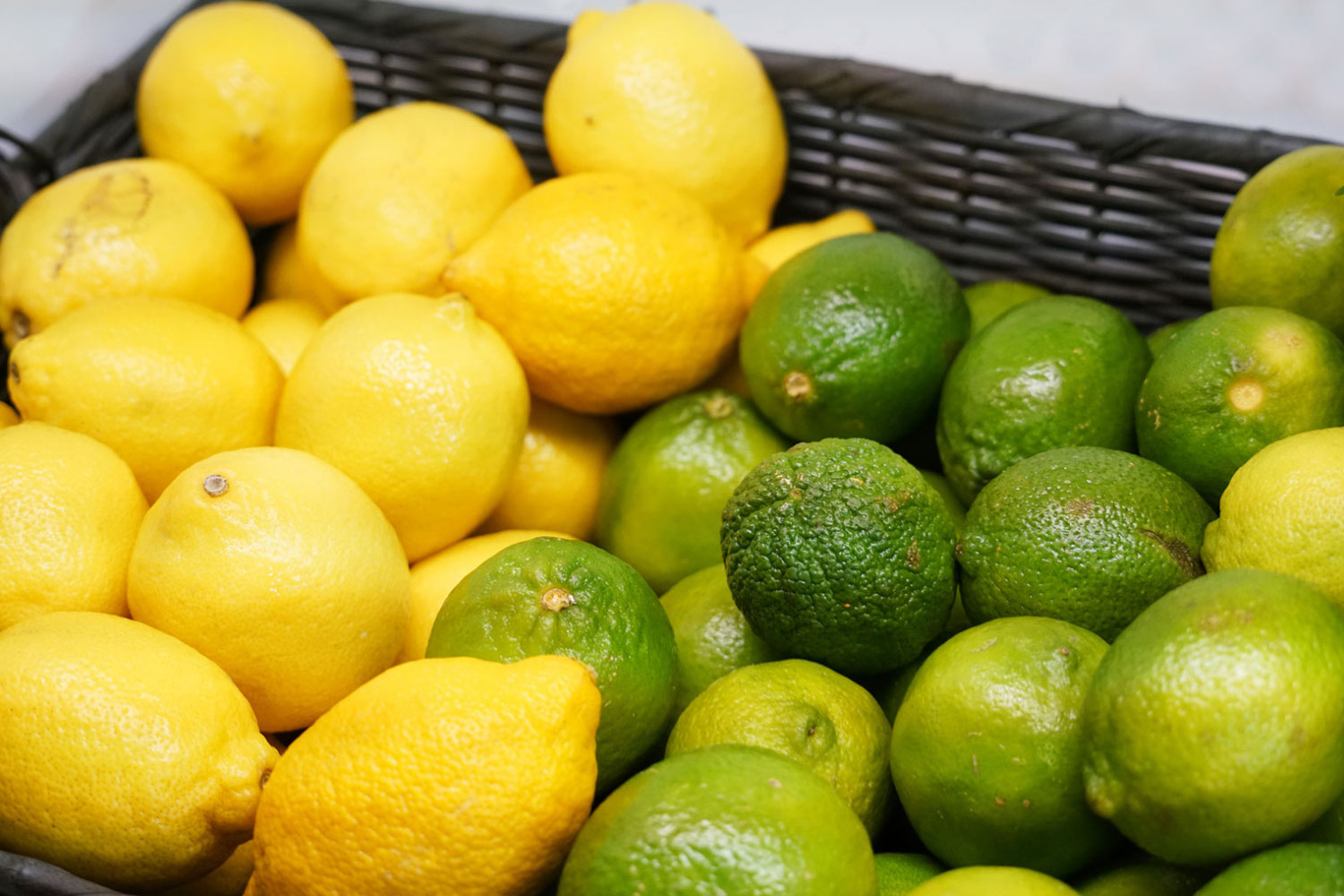
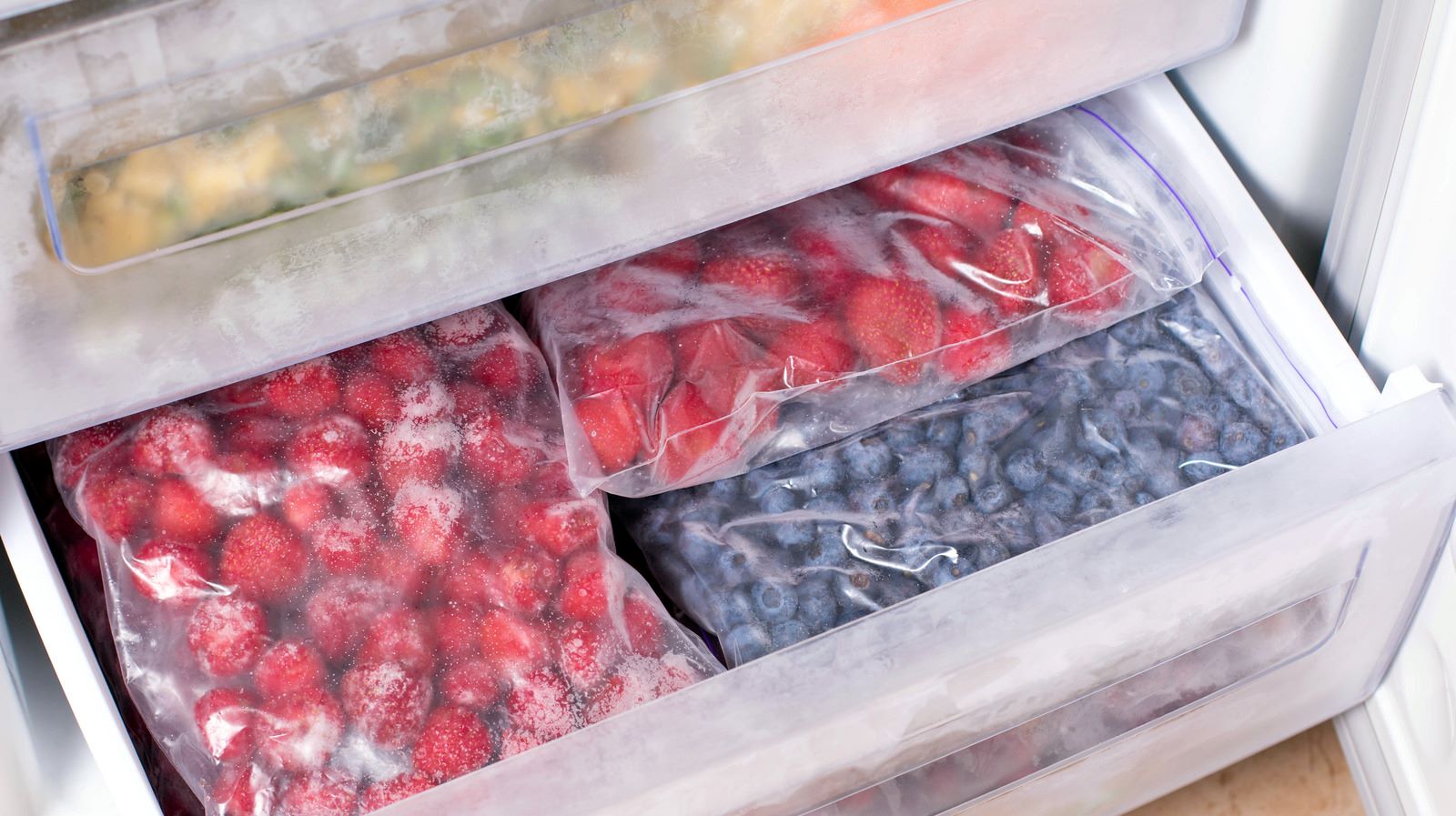
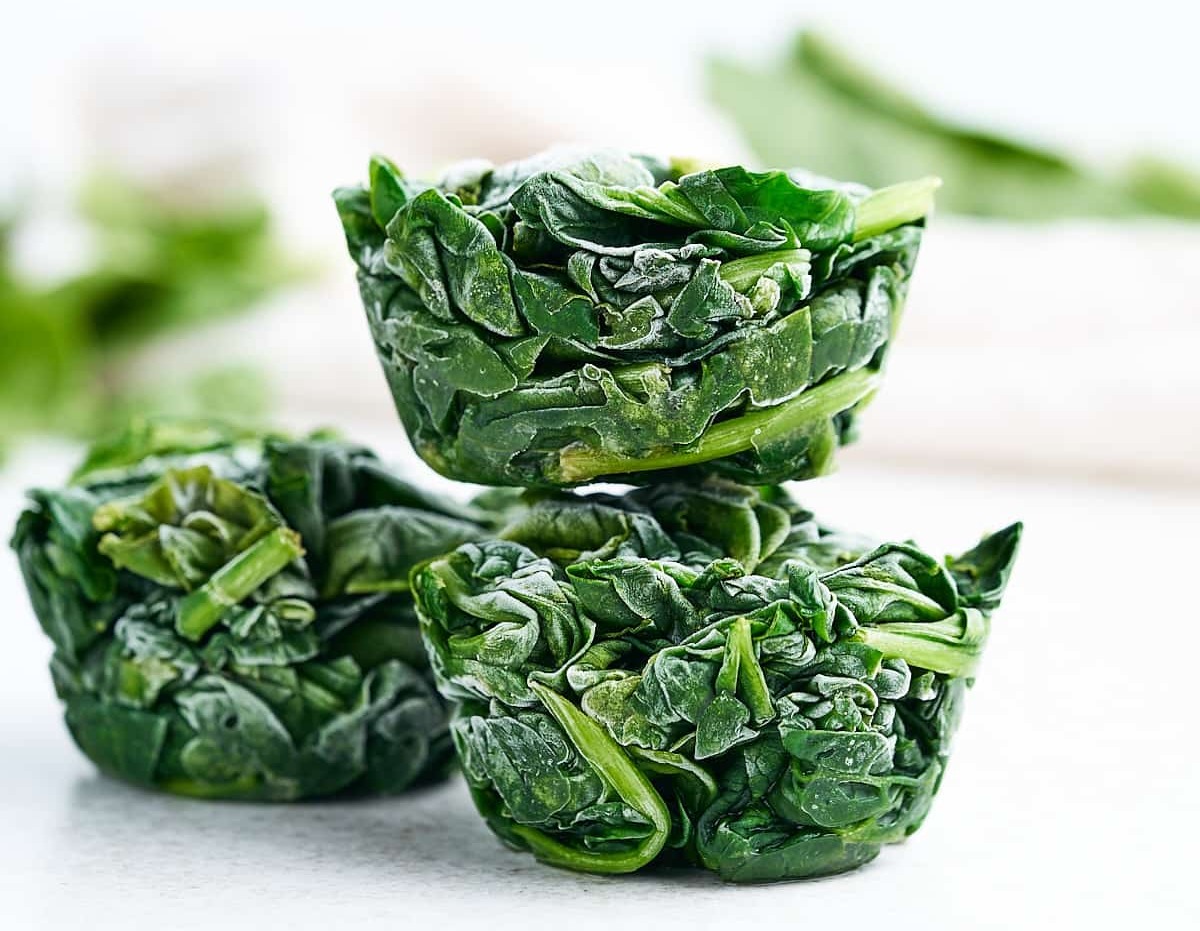
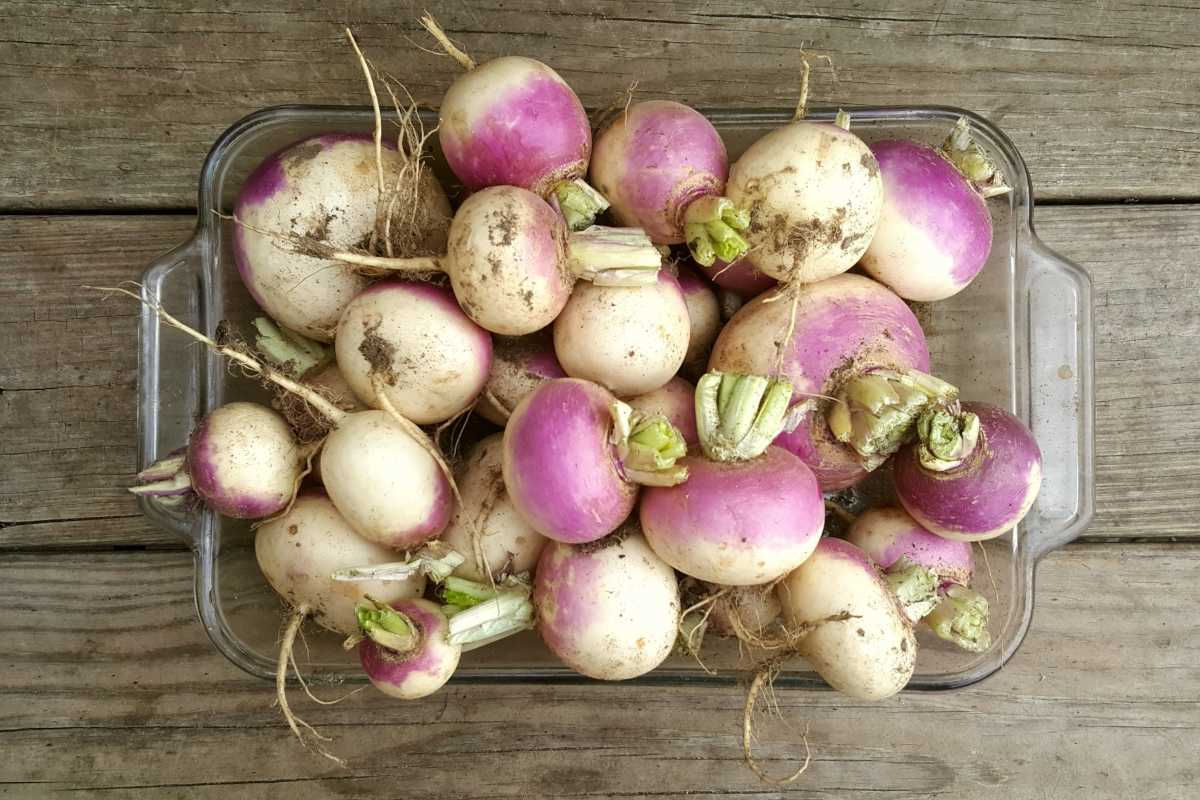
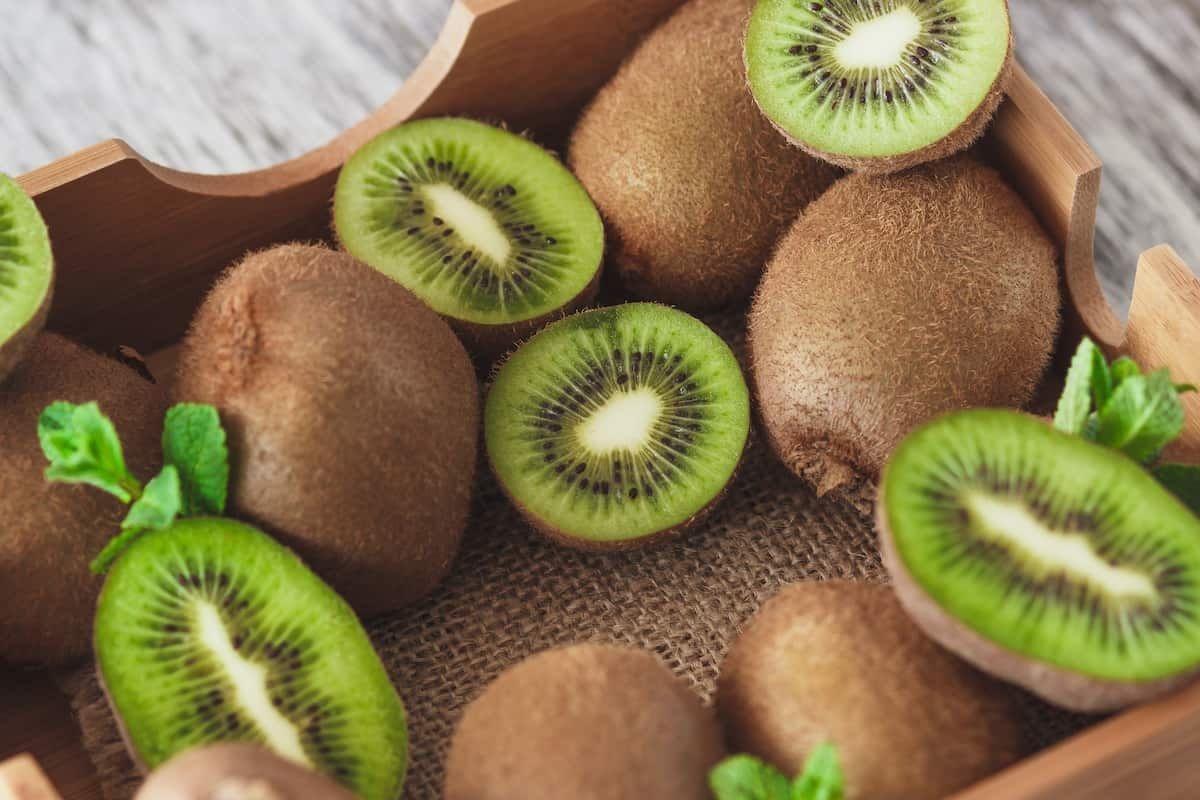
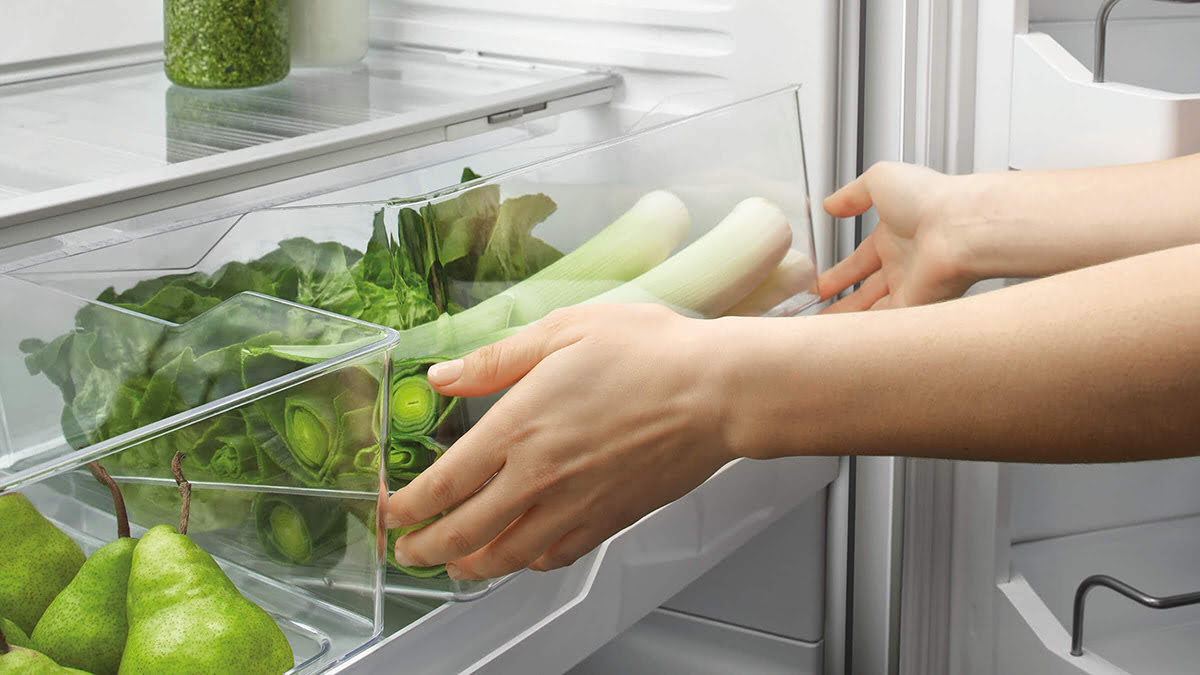
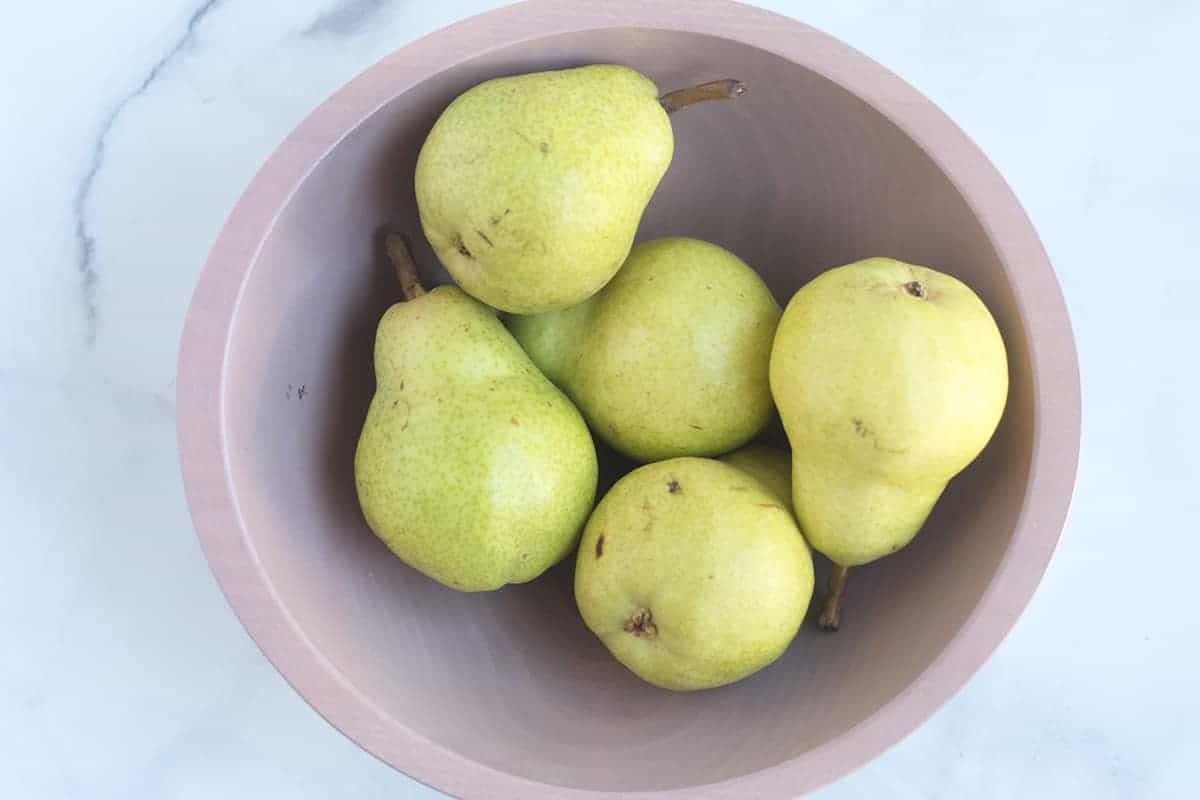

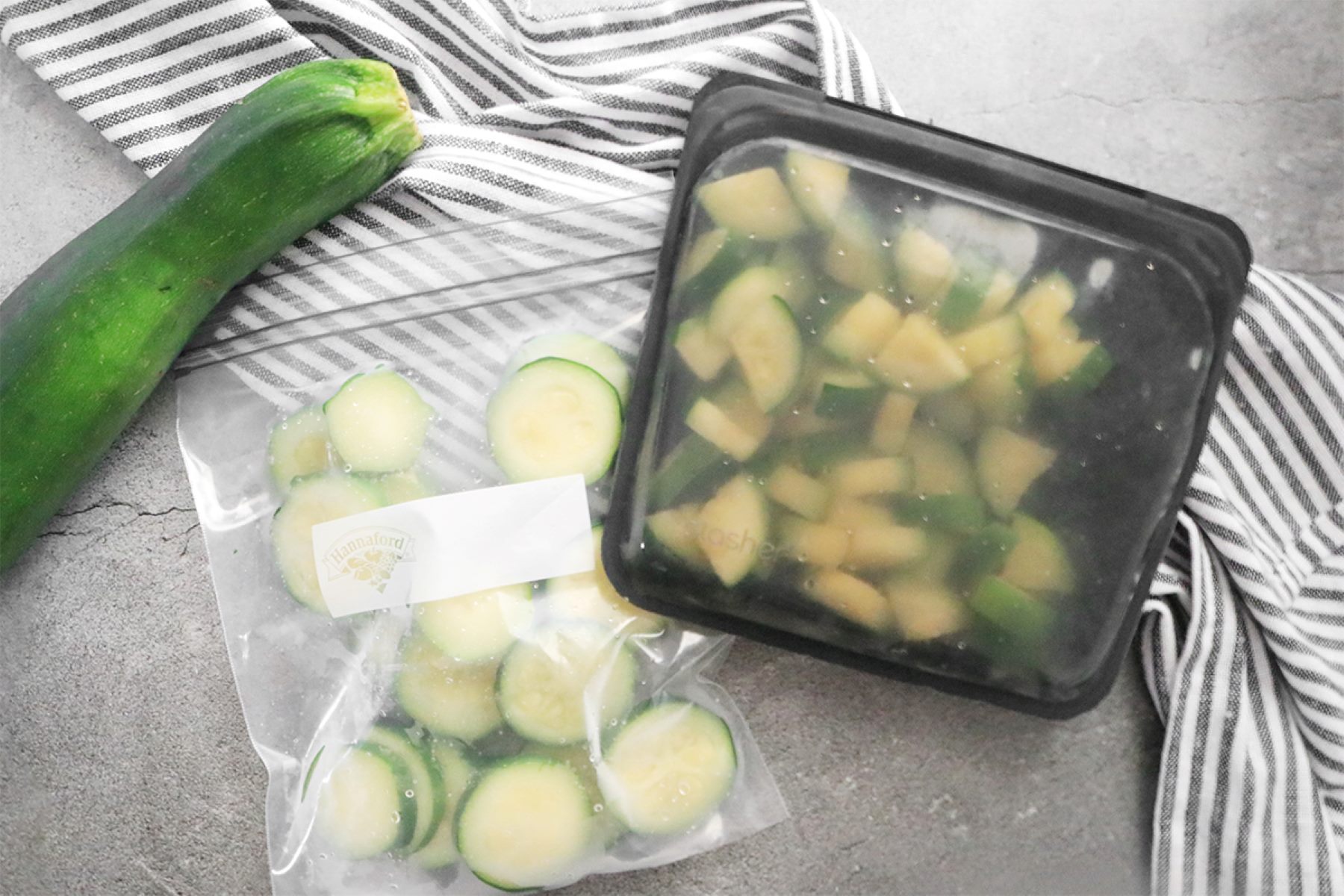

0 thoughts on “How To Store Fruits And Vegetables In The Fridge”